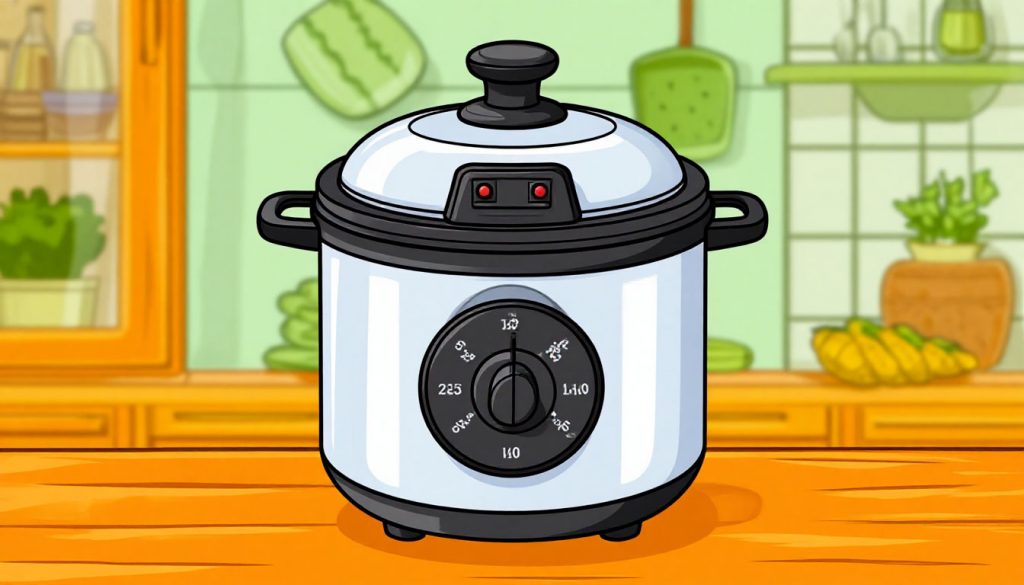A modern pressure cooker is a kitchen appliance designed to cook food quickly under high pressure. Unlike traditional cooking methods, which rely on normal boiling, the pressure cooker creates a sealed environment where water boils at a higher temperature, significantly reducing cooking time. Today’s models are safe, versatile, and energy-efficient, making them an essential tool for many households.
How a Pressure Cooker Works
- Sealed chamber – The cooker has a tightly locking lid that prevents steam from escaping.
- Pressure buildup – As the liquid inside heats, steam forms and increases pressure.
- Higher boiling point – Under pressure, water can reach up to 120°C (248°F) instead of the normal 100°C (212°F).
- Faster cooking – Food cooks more quickly at higher temperatures, while remaining tender and flavorful.
- Automatic release systems – Modern cookers have safety valves and digital controls to regulate pressure and temperature.
Why Use a Pressure Cooker?
- Speed – Meals cook up to 2–3 times faster than traditional methods.
- Energy efficiency – Shorter cooking time saves electricity or gas.
- Flavor preservation – The sealed environment keeps aromas and nutrients from escaping.
- Tender texture – Even tough cuts of meat become soft and juicy.
- Convenience – Modern electric pressure cookers often combine functions: steaming, slow cooking, rice cooking, and even baking.
Health Benefits
- Nutrient retention – Less cooking time means vitamins and minerals are better preserved compared to long boiling.
- Reduced oil use – Many recipes require little or no added fat.
- Improved digestion – Legumes and whole grains cook thoroughly, making them easier to digest.
- Lower exposure to harmful compounds – Faster cooking at controlled heat reduces the risk of burnt food.
Safety in Modern Designs
Old-style pressure cookers were sometimes risky due to lid explosions from uncontrolled pressure. Modern versions include:
- Automatic locking lids.
- Pressure sensors and safety valves.
- Smart programs with preset times and temperatures.
- Automatic pressure release for safe opening.
Examples of Foods Suited for Pressure Cooking
- Legumes – beans, chickpeas, lentils (cook without long soaking).
- Grains – rice, quinoa, barley, oats.
- Meat and poultry – tender stews, curries, roasts.
- Soups and broths – rich flavor developed quickly.
- Vegetables – steamed quickly, retaining vitamins and color.
Conclusion
The modern pressure cooker is a powerful blend of efficiency, safety, and health benefits. By cooking food faster while preserving nutrients and flavor, it saves time, energy, and money. With advanced safety features and multiple functions, it has become more than just a cooker — it is a versatile kitchen partner for healthy and convenient meals.
Glossary
- Pressure cooker – a sealed pot that cooks food quickly under high pressure.
- Boiling point – the temperature at which a liquid turns into vapor.
- Nutrient retention – keeping vitamins and minerals intact during cooking.
- Safety valve – a device that releases excess pressure to prevent accidents.
- Preset program – an automatic setting in modern electric cookers for specific dishes.


